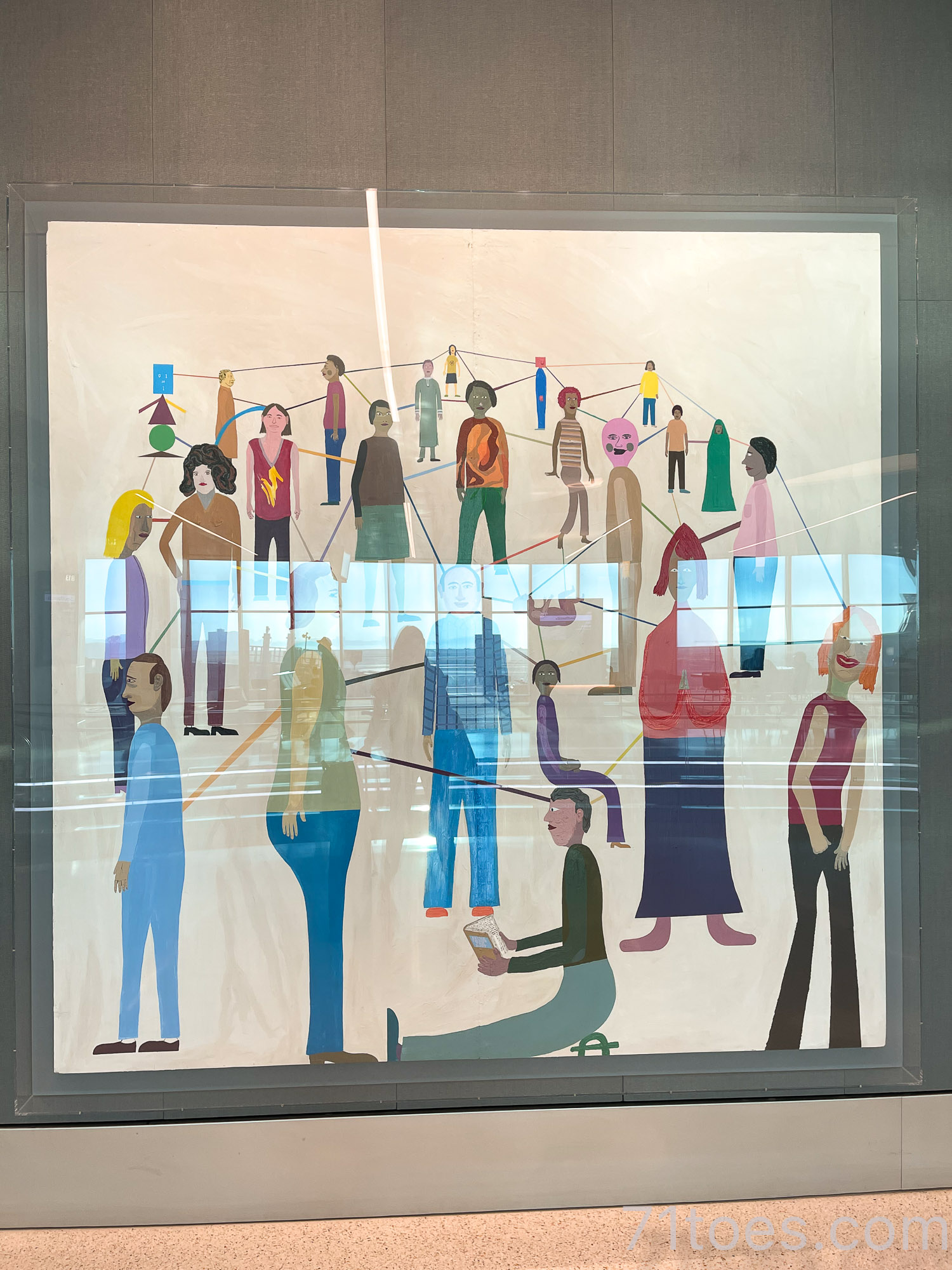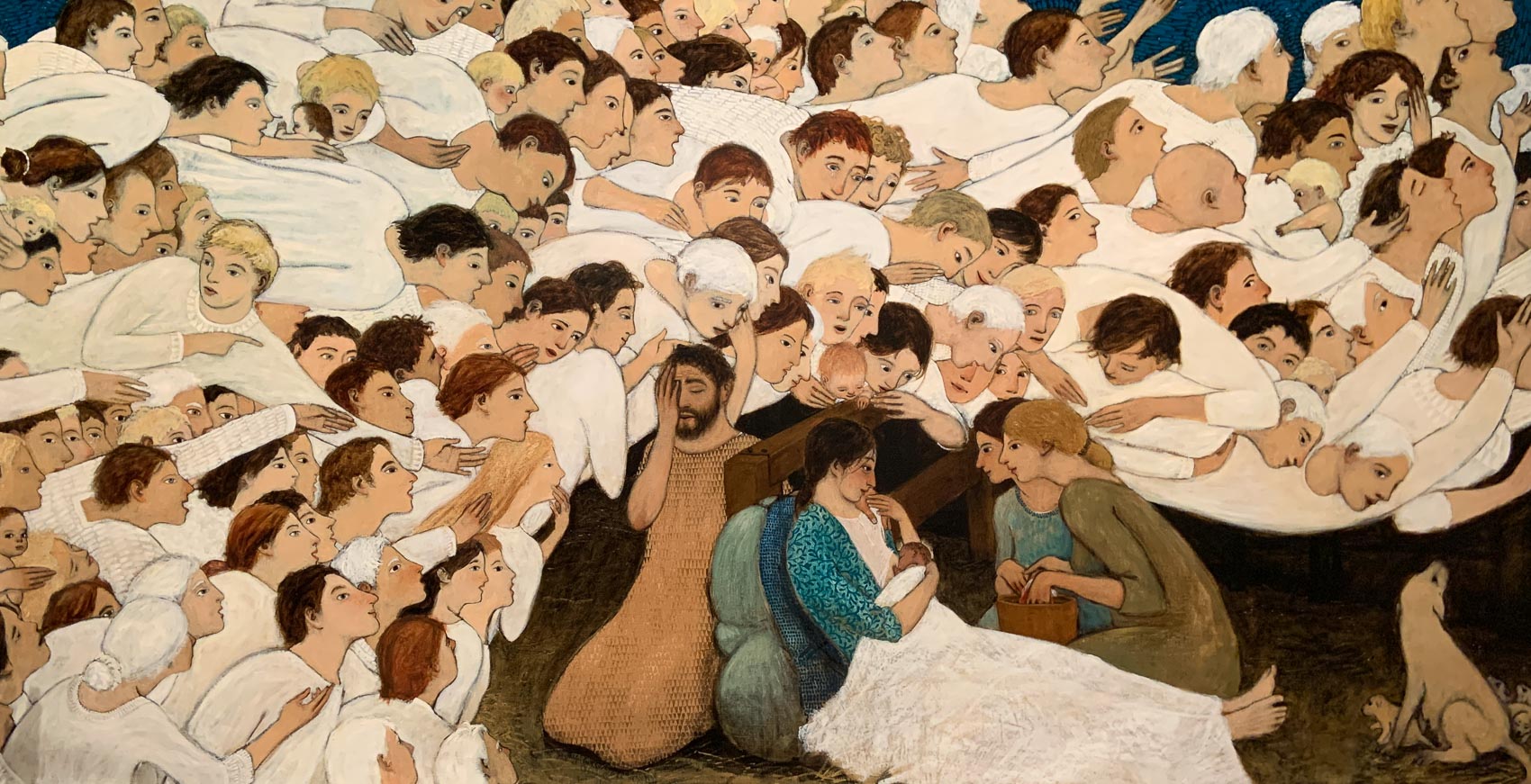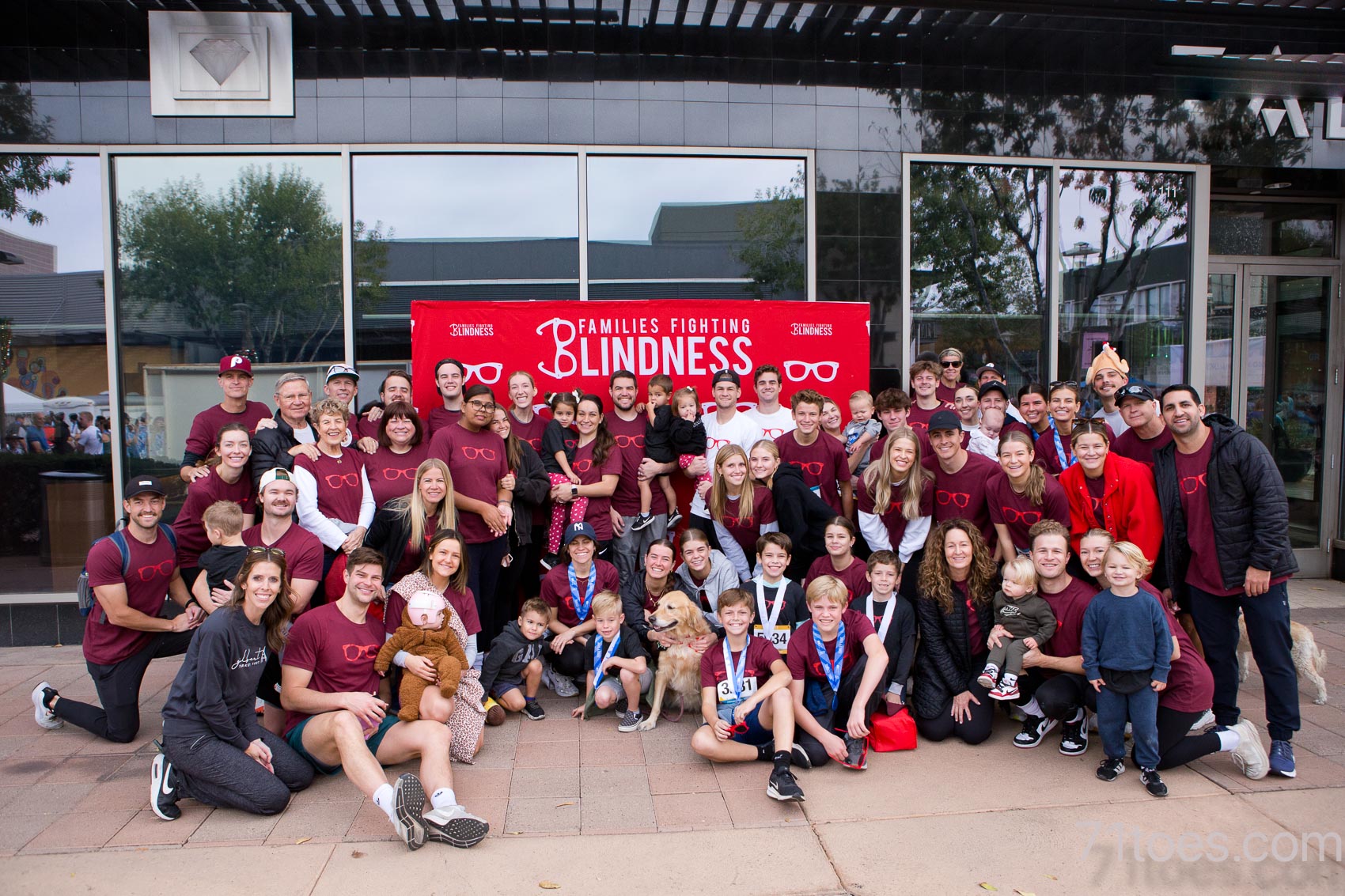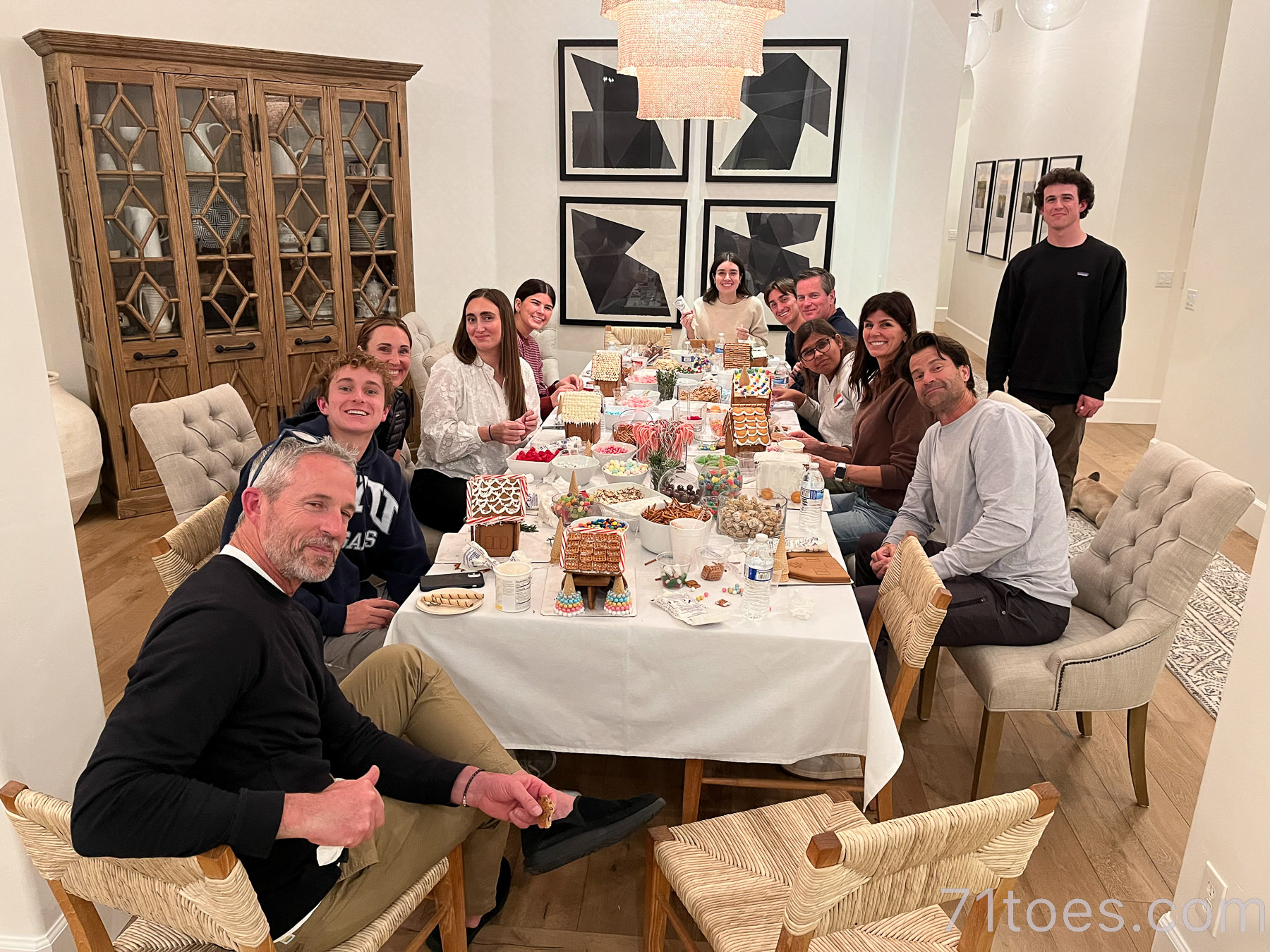I love this day of love. It’s so good to have a day to stop and cherish those we love. Today I want to talk about love for the human race as a whole. Even those parts of it who are different from us. Even those who may treat us terribly. Those coming from such different “stories.” We are all interconnected. What we send out into the world has so much power.
As an introduction, I am a day late and a dollar short for showering love to my family this year. Dave and I went out of town to celebrate both our 50th bdays (his was in the middle of covid) as well as our anniversary long past, so I didn’t get the fluffy stuff done that I usually do in preparation for Valentine’s day.
But I DID get to celebrate that love for my “#1” in abundance leading up to today on our trip. Oh boy. I am the very luckiest that he’s mine and I love him forever and always, (more on that trip some time soon).

Love for the whole human race
I could get all mushy-gushy about that guy, but he’d prefer the mushy-gushy stuff to come in other ways than on a blog. So today let’s just talk about this love of the human race dealio.
Because I have felt that love in abundance lately. If we’re going to celebrate a day of love, might we not only work on our love for those close to us, those who are easy to love, but also love for those who aren’t?
The most powerful kind of love is love that we work on.
Oh, that happens in a marriage for sure. It happens in parenting. We work. Therefore we love even more than we thought possible, perhaps because sometimes that love is hard-fought.
So what about the neighbor who is driving us crazy or the business partner who has wronged us? What about the person we feel judged by or the stranger who may need a boost?
Favorite quotes from Richard Rohr
I was so overcome with the Richard Rohr meditations last week that I couldn’t help but tear up as I read some of them to Dave:
“Put simply, we are in a perilous time, and the answer to the question ‘Who are we to be?’ will have implications for generations to come.
“We have a choice to make. We can answer this question with diminished imagination, by closing ranks with our tribe and hiding from our human responsibility to heal the world. Or we can answer the question of who we are to be another way: We can answer it in the spirit of ubuntu. The concept comes from the Zulu phrase Umuntu ngumuntu ngabantu, which literally means that a person is a person through other people. Another translation is, ‘I am who I am because we are who we are.’ . . . With this in mind, who I will be is deeply related to who you are. In other words, we are each impacted by the circumstances that impact those around us. What hurts you hurts me. What heals you heals me. What causes you joy causes me to rejoice, and what makes you sad also causes me to weep.”
And this:
“My favorite Christian mystic, Julian of Norwich, used the Old English term ‘oneing’ to describe what happens between God and the soul. As Julian put it, ‘By myself I am nothing at all; but in general I am, I hope, in the oneing of love . . . for it is in this oneing that the life of all people consists.’ She also wrote, ‘The charity of God creates in us such a oneing that when it is truly seen, no person can separate themselves from another’ and ‘In the sight of God, all humans are oned, and one person is all people.'”
Isn’t that just so beautiful? (The whole meditation is so good.)
“God clearly loves diversity. All we need to do is look at the animal, or the world under the sea, [I loved this part especially since Dave and I had just spent some good hours under the sea…that diversity is MAGICAL!] or each human being: who of us looks exactly alike? We are always different. Is there any evidence to show where, in all creation, that God prefers uniformity? But we consistently confuse uniformity with spiritual unity. All of us don’t know how to be both diverse and united. We want to make everybody the same. And the church has become more and more and exclusionary institution, instead of a great banquet feast to which Jesus constantly invites sinners and outcasts.”
“This Divine pattern is, of course, most beautifully revealed in ‘all the array [pleroma, or fullness] of creation’ (Genesis 2:1). God is forever ‘making room’ and ‘infilling’; this is the Way of the Flow.”
Full Richard Rohr Meditation
Oh I could go on and on about those, but I’ll just say that after all those thoughts were running through my heart I saw this art at the San Fransisco airport during our connection:

Survival through figurization
Excuse those reflections in the photo, but I actually kind of like it because if you look close, you can see my shadow in with all those interconnected people as well.
But here’s a better version without the reflections:

And with all those Richard Rohr ‘love for humanity’ thoughts running through my heart, that painting spoke to me so beautifully.
We are all interrelated.
We all come with our own stories that all affect each other in different ways. The sad, the triumphant, the hurt, the justified, the kind, the brave, all those emotions creating strings of affect on those around us.
I so believe that what we send out into the world comes right back to us.
As we celebrate this Valentine’s Day, let’s let those things that we send out be LOVE!





I love these messages but don’t get the meditation part. . . Guess it doesn’t mesh with what I perceive as meditation? Do you think on the ideas or actually “meditate” ? Asking seriously, what does this ‘look like’?
Richard Rohr send out a daily email and her titles them “Daily meditations”. So it’s just the title he’s gives to his writings. Although there is instructions at the bottom for how to meditate on them if you choose to. Beautiful tights Shawni.
Goodness that was a lot of typos….*sends *he 🤦♀️
Thank you Nicole!
Yes, thank you for that explanation, Nicole! Ruth, more information about how those “meditations” work here: https://cac.org/
(they are really just daily thoughts that are so beautiful to ponder!)
I’m a Third Order Benedictine, which means I’ve made vows/promises to an order. Fr. Richard is Franciscan, (founder is St Francis), our order is Benedictine (founder is St Benedict). One of the highlights of our order is the practice of lectio divina or holy reading. There are 4 main steps- to read (lectio), prayer (oratio), meditation (meditatio) and contemplation (contemplatio). The latin words are in parentheses. The practice is to read any sacred writings in this way. Read first, then pray about it, then read and re-read again, then meditate on the words and the contemplate your take-aways.
Rohr (who is a friend of mine) set up his daily meditations as simple messages for each day but some of us practice Lectio Divina with his daily messages. He is a favorite teacher of mine (who is ill and won’t be around much longer) and therefore to us, his words are golden.
So, you could practice lectio (pronounced lexio) with anything of his writings or after you read his daily message, you can simply sit still and ponder and “meditate”.
Thank you Lisa! I am excited to follow this practice.
Thank you for sharing this, Lisa. I love that he is a friend of yours. So grateful for the light he shares.
OH my gosh, is that BORA BORA?!
Yes, I will hopefully post about it some time.